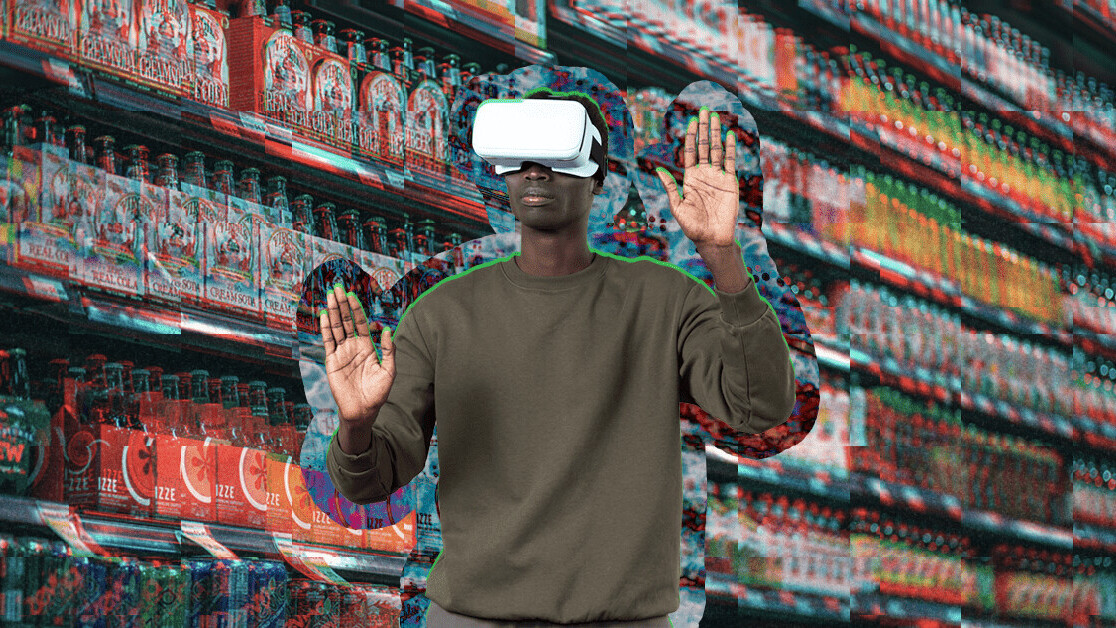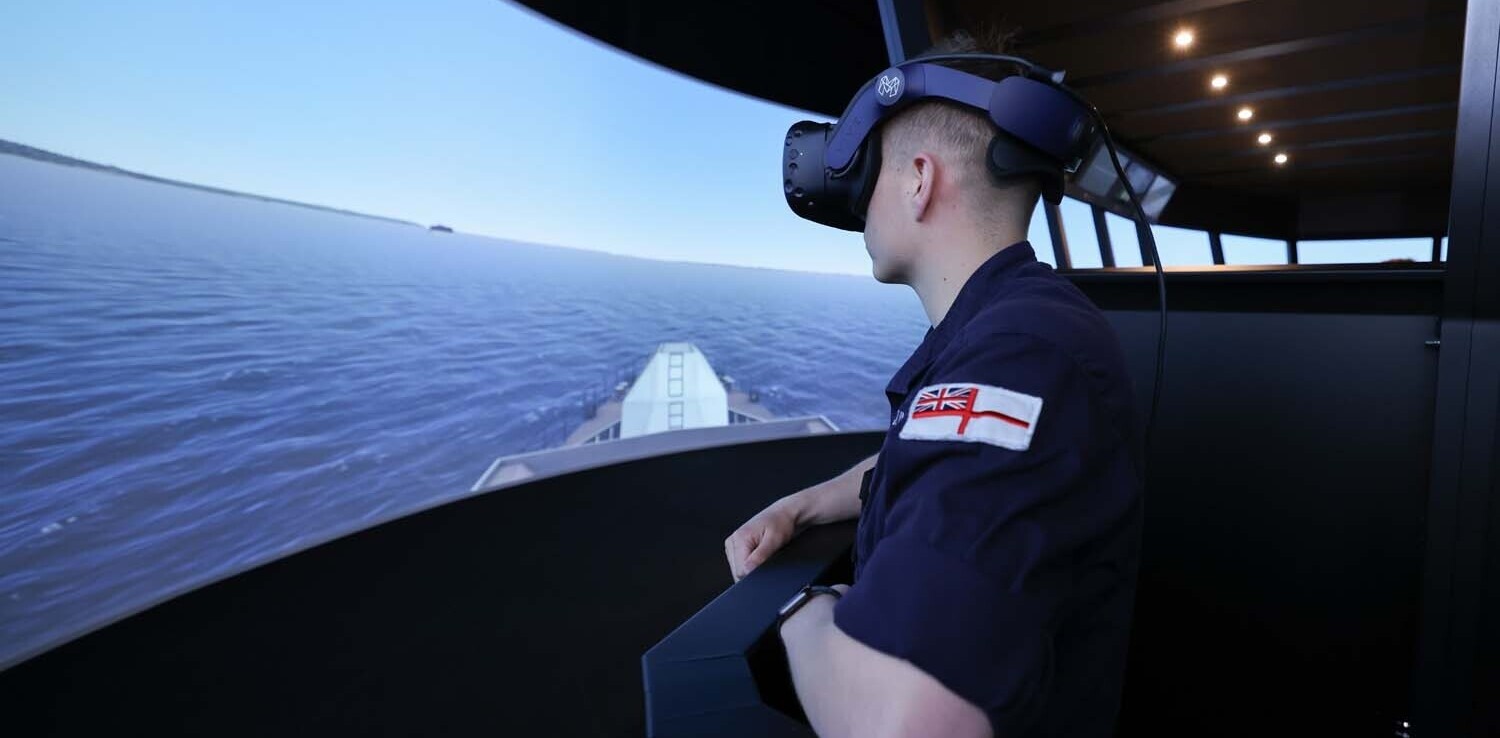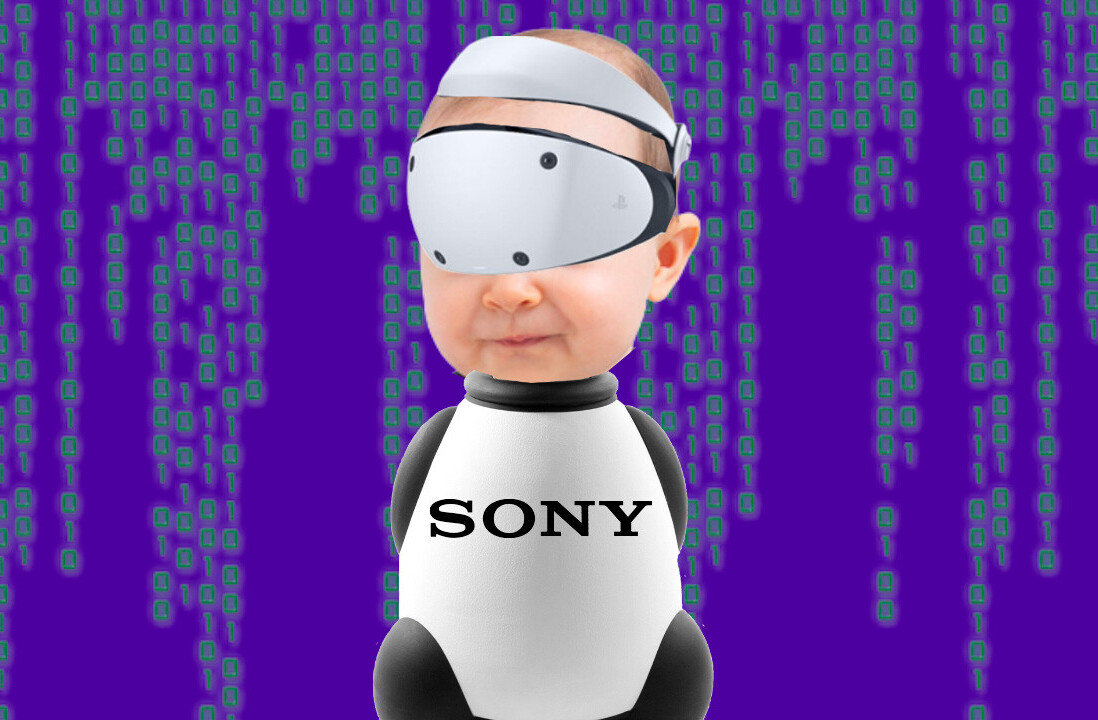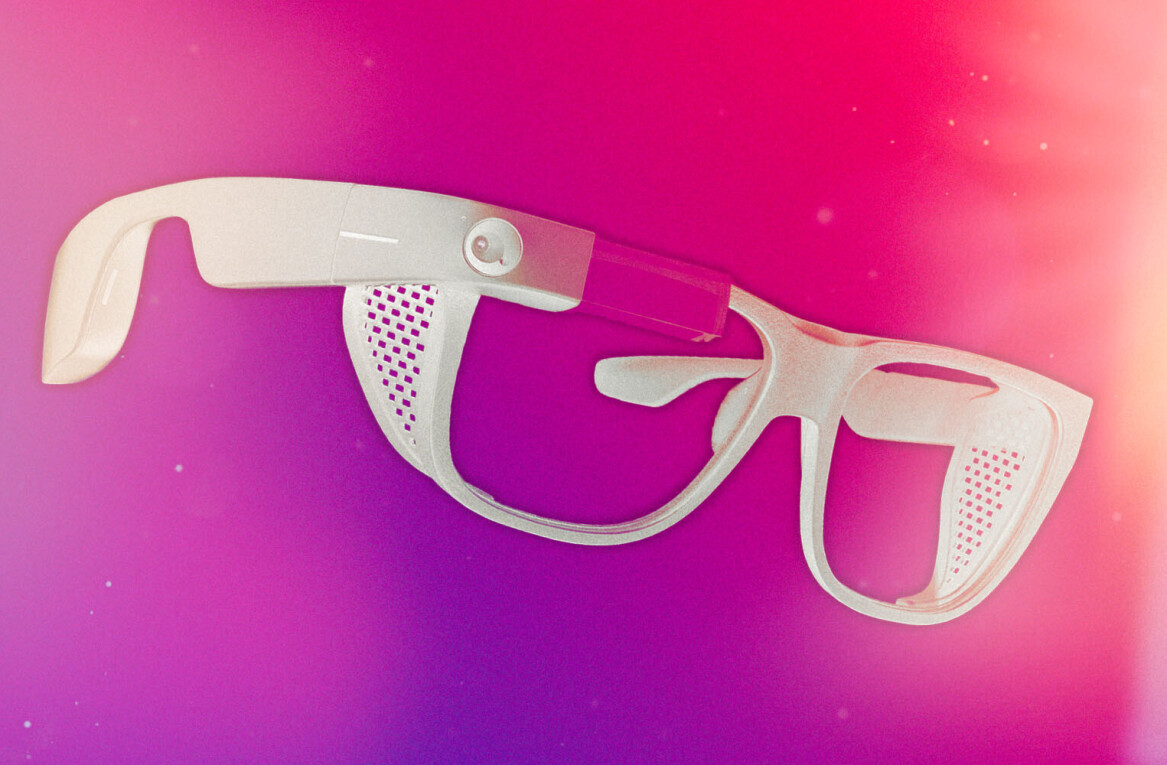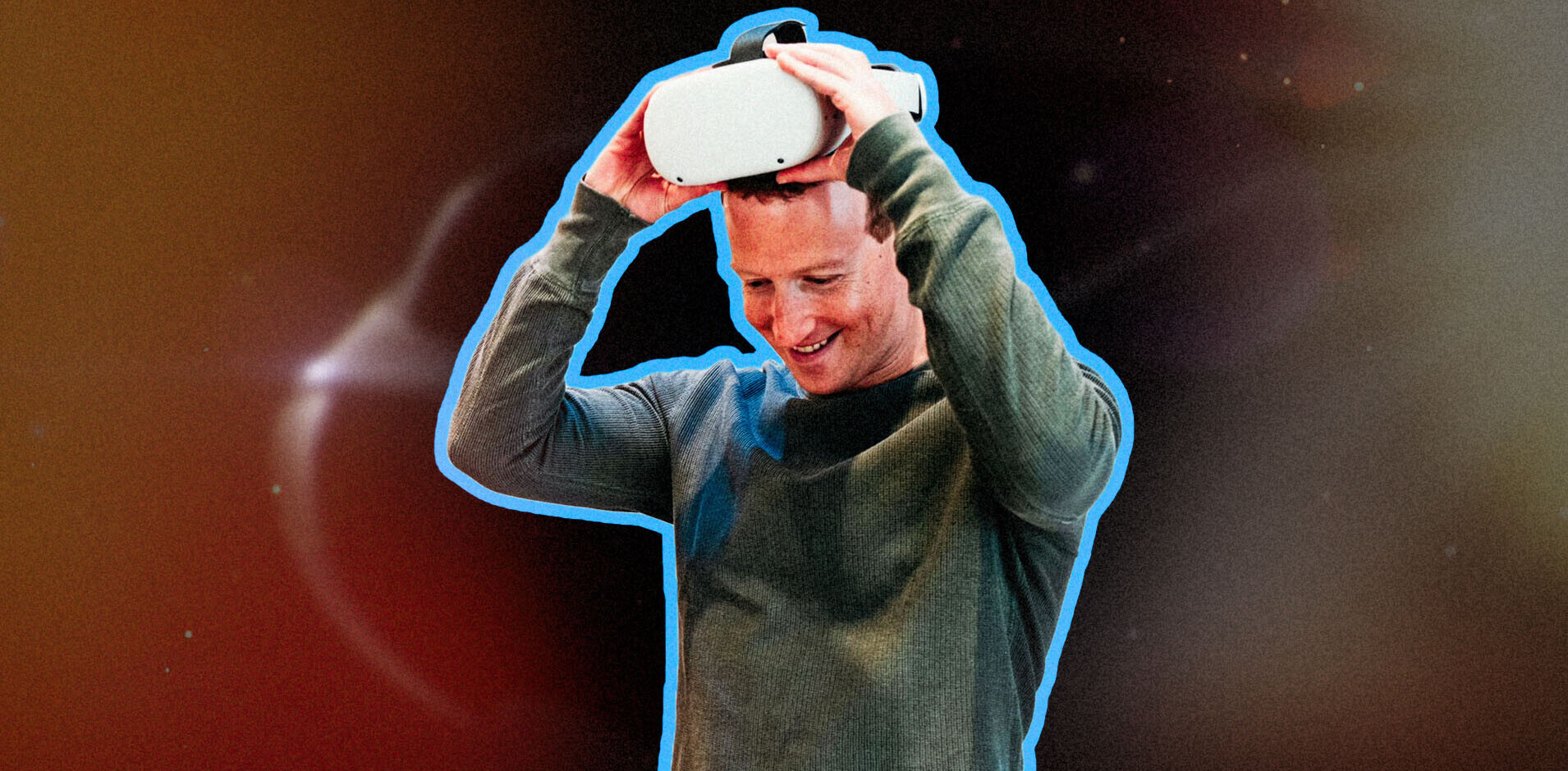Virtual Reality (VR) has long been associated with the gaming world or with high budget Hollywood movies. While some tech-savvy marketers have experimented with 360-degree content, very few brands have started to consider VR as anything more than a gimmick. But I believe VR presents a huge opportunity for marketers in the years to come.
That’s why it’s important for brands to begin educating themselves on VR today. Marketers need to understand the basics of VR, and how they can use it to enhance brand awareness, promote products, help customers experience products and services, and accelerate the decision to make a purchase.
First, what exactly is VR? Simply stated, Virtual Reality is a simulated experience that puts the user into another world or dimension. The compelling nature of this other-worldly experience is exactly why VR has been so successful in the gaming world. But how can marketers effectively use VR to engage and excite their audiences in a meaningful way?
E-commerce and retail will lead the charge
The world of e-commerce and retail is likely to be the launching pad where marketers will first start to adopt VR for their digital strategies, and where customers will see the first impact. VR offers a huge opportunity for brands in the areas of brand awareness and product discovery. In order to give customers a new and exciting way to learn more about the brand’s offering or browse the racks, marketers can create virtual showrooms.
Within a virtual showroom, customers can engage in a much more lifelike way with the product before they actually move down the funnel to buy. Another option could be to simply place a product within the virtual world and let the user discover and engage with it before leading them to a purchase. Since more and more consumers purchase online, VR technologies promise to be a powerful weapon in the retail marketers’ arsenal.
Early adopters: Millennials and Gen Z
When it comes to marketing to Millenials and Gen Zs, it’s all about the experience. That’s why fashion and beauty brands are often among the first adopters of new marketing technologies and techniques.
We’ve already seen some fashion brands experimenting with VR. In 2017, Coach, the US-based designer brand started experimenting with VR headsets in several of its stores across North America. Their immersive, in-video experience gave shoppers a front row view of its New York Fashion Week runway show and offered an exclusive-gift-with-purchase promotion to boost sales.
Iconic US brand, Gap, also experimented with VR in the form of a virtual DressingRoom app. The app enabled shoppers to try on clothes virtually before buying. Gap’s efforts to help shoppers pick the right clothing for their shape and size was a good step toward reducing customer dissatisfaction and product returns, which bring with them a costly financial burden for retailers.
Hit the road – VR style
Tourism is another key area where VR can and is being used today, but only in a limited capacity. For travel marketers who work with hotels or airlines and are looking to sell destinations, VR offers a unique and engaging way to begin the customer journey.
With VR technology, travelers have the opportunity to take virtual walks around a hotel or resort before they commit to booking their trip, thus avoiding potential accommodation headaches. Who wouldn’t want a quick tour of a hotel’s facilities before they actually book a week’s holiday there?
A great example of a travel brand using VR is Igloo Village in Zermatt, Switzerland. They are using a simple virtual reality experience to bring its cozy igloo accommodation and snow-covered village to life.
What’s next for VR and marketers?
While it’s still in the nascent stages for the technology, VR has the potential to offer marketers a new and exciting way to take customers on the journey from product awareness all the way to purchase, via product placement and product interaction in the virtual world.
I believe that in time, social media will replace e-commerce as we know it today. Consider the new e-commerce features on Instagram, which has become the most engaging social platform for brands, and the development of Facebook’s own cryptocurrency, Libra. Very soon it will be possible to run the entire marketing funnel from discovery to post-purchase customer care via social media.
And as a highly engaging, exciting content format, I’m placing my bet that VR will play a key role in brands’ digital marketing plans in the years to come.
Get the TNW newsletter
Get the most important tech news in your inbox each week.
